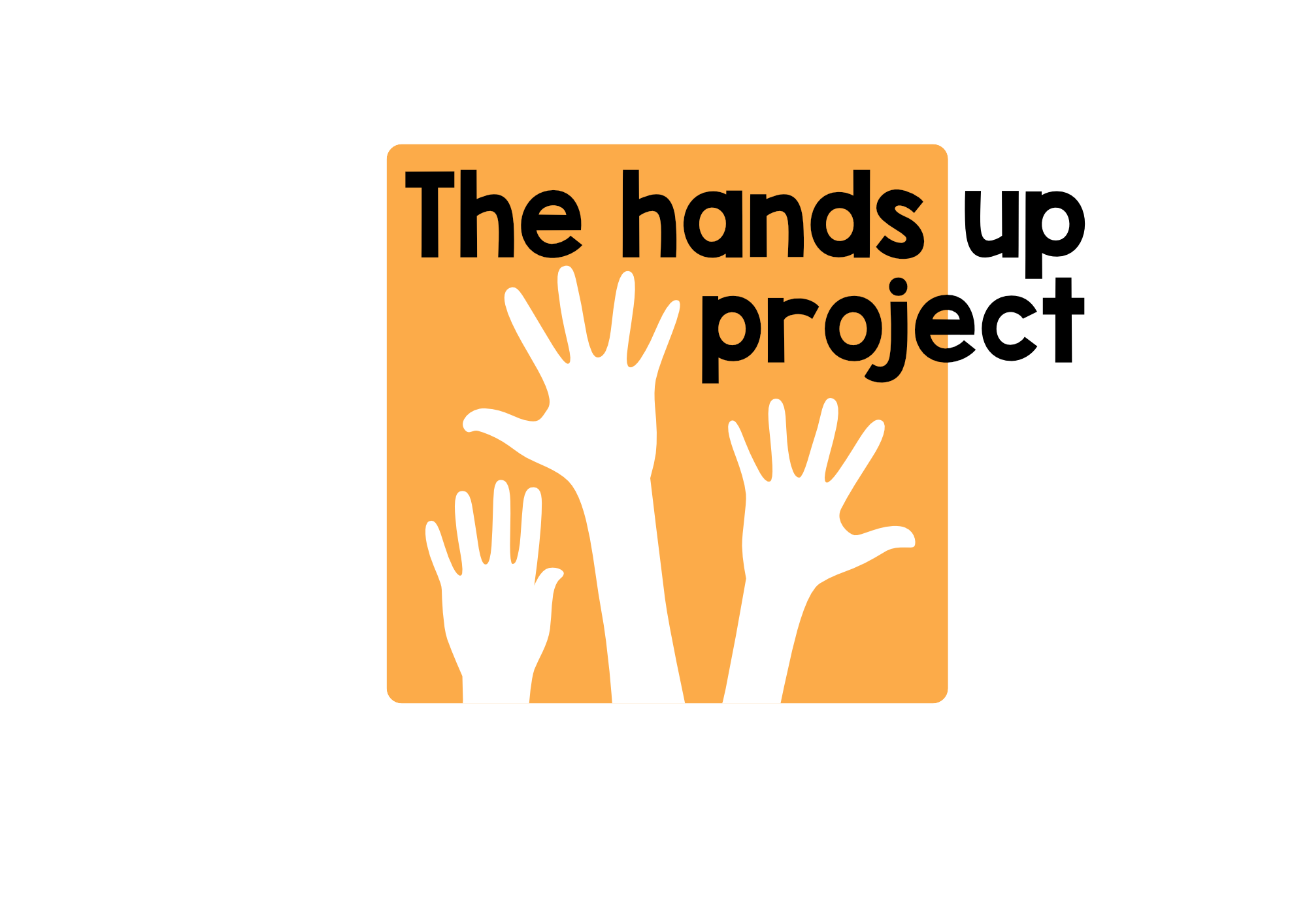Mantle of the expert in Gaza
I first heard about Dorothy Heathcote's Mantle of the Expert approach in educational drama about 20 years ago when I was doing my Masters degree at the University of Central England. It's heartening to see it being used to such great effect in UNRWA schools in Gaza. Here, one of the Hands Up Project's most creative and committed volunteers in Gaza, Haneen Jadalla talks about how she used it with teenage girls in a training session for teachers. Over to you Haneen...
Imagine and fly with your English over the horizon... I really feel that I was very lucky to be chosen by my supervisor to deliver a Mantle of the expert training course for teachers. In the course we used real learners of English and the teachers observed how we were working together. It really adds a lot to me as a person and as a teacher to have these kinds of experiences. I am writing here to share this experience with other teachers around the world. The Mantle of expert approach was developed by the English Drama in Education specialist, Dorothy Heathcote. It uses a fictional context to generate purposeful activities and meaningful learning. As a language teacher, I don't always keep my plate full . I mean , there is always space to add more for the sake of making my teaching practices really motivating and engaging and this is what the Mantle of the Expert approach can really do. In the session, we all gathered together under the umbrella of drama. I got the idea for this from Tim Taylor's "Animal Park" Mantle of the expert session, to enable the students to give advice and suggestion in a very motivating – fictional context. This is how I adapted it for the training session in my UNRWA school in Gaza. You can read my full lesson plan here >> Haneen's Mantle of the Expert Plan
First I divided the student into groups and asked them to brainstorm the importance of animals in the world and how to protect them.
Then I gave them this text to read and asked them to guess the meaning of any words they didn't know and to help each other with understanding it.
Once upon a time , there was a lovely zoo for different kinds of animals, but this zoo was forced to close due to lack of funds. The zoo’s owner is concerned that the animals are properly cared for and are not hurt in the move. Therefore, a very rich man saw this in the newspaper and decided to build an Animal Park and bring rangers to look after the animals.
3) Then I took on the role of the owner of the park and gave them the role of rangers. In groups they had to decide how they would organise the park.4) Then each group was asked to create a poster for what should and shouldn't be done by anyone visiting the park so that the animals welfare was taken care of.
5) Finally they wrote an invitation to the opening of the park for the old owner and other visitors. The observing teachers in role as visitors received the invitation and came to visit the park. The rangers presented their posters to the visitors. In fact, me and my students were fully immersed in this situation. We read the story together, narrated it, collaborated, put our hands together to build the embodied animal park and created posters for presenting about their experience as animal park rangers. This covers all the aspects of learning the language, I think and helps the students to move forward with their fluency .
Moreover, I think this approach helps the students to act beyond the classroom walls (as animal park rangers). It provides them with a fully – imaginative context of learning a language where everyone feels the importance of his / her presence and celebrates his role in her own way. Finally, if I have the chance to do this more and more, I am going to give my students wings to make their imagination fly over the horizon and tell everyone how creative they are! More drama means more learning opportunities and this will make the world a better place.






